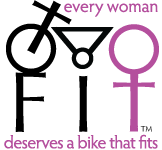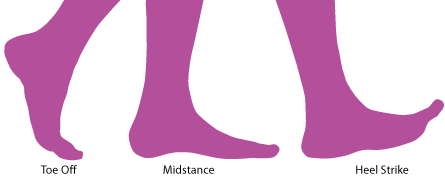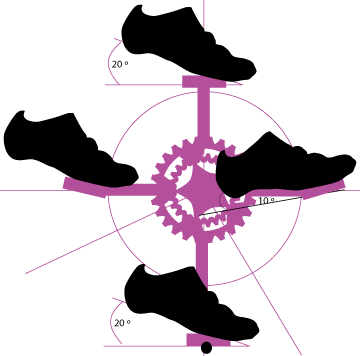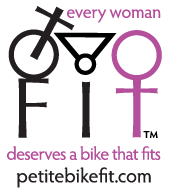Consider the normal walking or gait cycle:
The heel hits the ground first (heel strike), followed by the forefoot, stabilizing the foot and supporting the weight of the body over the supporting limb (midstance). At this point in the gait cycle, the foot turns inward to adapt to the ground. As the leg moves forward with the foot remaining on the ground, the heel follows by lifting upward (toe off). All these actions require the orchestrated movement of many different muscles of the leg, and imbalances (including those of the knee and hip) can result in increased stress, discomfort and potential injury.
Now consider the action of your feet on a bicycle:
There is no heel strike. All the power is derived from the force of the forefoot and midfoot as a lever on the pedal, underscoring the importance of a strong, hard, sole that supports the longitudinal arch as well as providing additional support to minimize pronation and any associated inward rotation of the tibia.
Two kinds of shoe/pedal systems are available (road or mountain) and each require mounting a brand specific cleat to the exterior sole of a pair of either road or mountain cycling shoes.
Road shoes/pedals offer the most efficiency while riding, and are generally stiffer with a raised cleat that makes walking awkward (the cleats are slippery and your toes are pointed up). If you choose this option, I recommend purchasing a set of cleat covers to extend the life of the cleats during coffee shop stops.
Many riders prefer the comfort of a recessed cleat that a mountain bike pedal system offers. The shoes are generally more flexible and if you like to get off your bike and walk around, you will not even notice you’re wearing cycling shoes.
Either way, a cycling shoe should fit like a regular shoe. It shouldn’t be too lose or too tight and should be easily adjustable. If you can walk around the store (without your cleats mounted on the shoe), you should have a good indication of whether you’ll be comfortable once your shoe is clipped into pedals. Be sure you understand how to loosen your shoes for easy adjusting when your feet swell, as they inevitably will.



